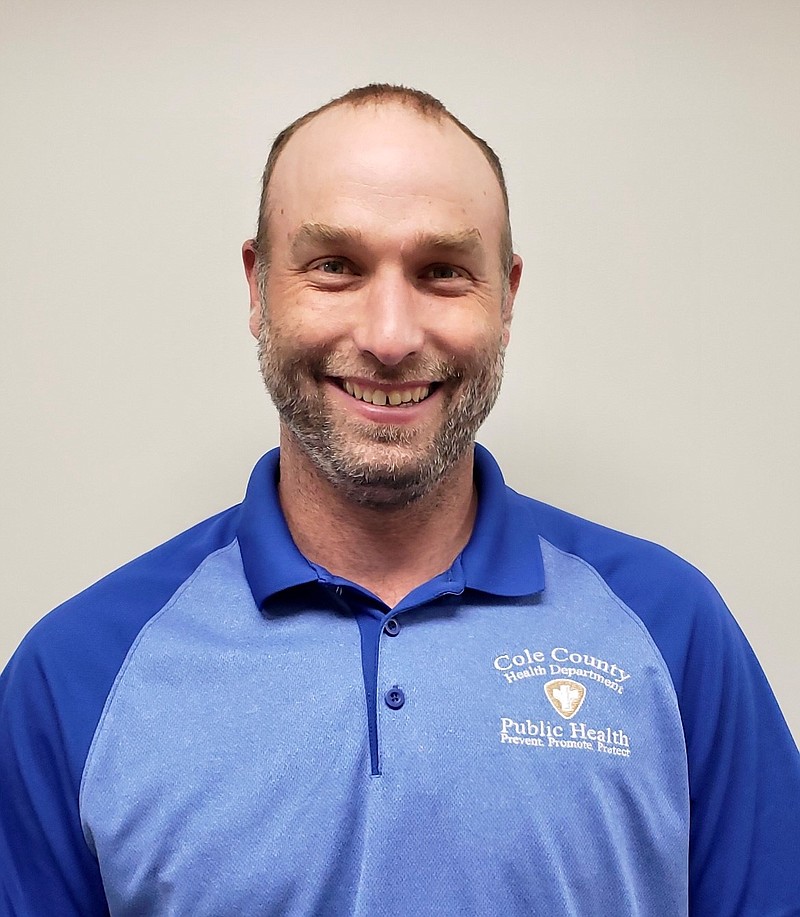According to the Missouri Department of Health and Senior Services, an estimated 25 percent of homes in Missouri rely on an Onsite Wastewater Treatment System (OWTS) in areas where public sewers are not available.
OWTS treat and disperse wastewater on the property where it is generated. OWTS work to prevent human contact with sewage and prevent contamination of surface and groundwater.
If you are planning to build a new home in Cole County, one of the most important decisions to make is the type of OWTS you would like to have on your property. With all the decisions that are made in preparation to build your dream home, choosing and planning the appropriate type of OWTS can often be overlooked. Site limitations and setback distances are things homeowners need to be familiar with when determining what type of OWTS they want for their home.
One of the first steps when deciding on what type of OWTS you want is to contact a registered/licensed installer. In accordance with state regulations, all new installation and repairs to OWTS in Cole County need to be performed by a registered installer (a list of registered installers can be found on the Cole County Health Department (CCHD) website: www.colehealth.org). Installers perform site visits and provide details and information on what systems will work for your home site.
In addition to contacting a registered installer, a soil evaluation must be performed where the OWTS will be located. Soil texture is the most common constricting factor along with lot size in determining what type of OWTS is going to be appropriate. Soil with high clay content and shallow restrictive layers (ex: fragipan and water tables) are two soil makings that can limit what type of OWTS will work for you.
Soil with high clay content will not allow for water infiltration or air penetration, which are two important aspects when getting an OWTS to function properly. Restrictive layers such as a seasonally high water table or fragipan can limit the vertical separation needed for your OWTS to function properly. Also, because these limitations are under the ground surface, only a proper soil sample can identify them (a list of soil scientists can be found at www.colehealth.org).
The CCHD regulates the design and installation of residential and commercial OWTS with maximum flows of 3000 gallons per day. We have a permitting process that includes three steps: Choose a licensed OWTS installer to design your system, contact a registered soil evaluator and submit a permit application and fee.
Once an application is submitted and approved, a permit can be issued for construction to begin. When construction has concluded and the OWTS has been inspected and deemed in compliance with current State of Missouri and Cole County Ordinance rules and regulations, a certification of approval is granted through the Cole County Onsite Waste Water Treatment Systems Ordinance.
Luke Wilbers is an Environmental Public Health Specialist with the Cole County Health Department.

